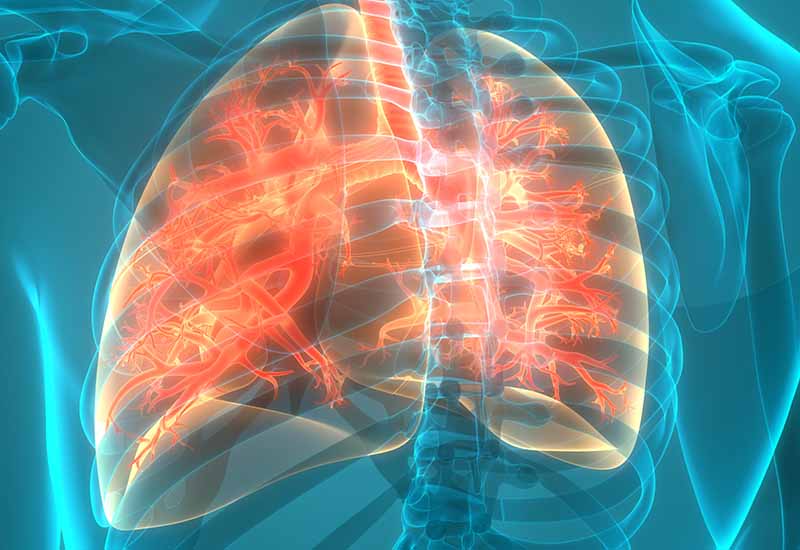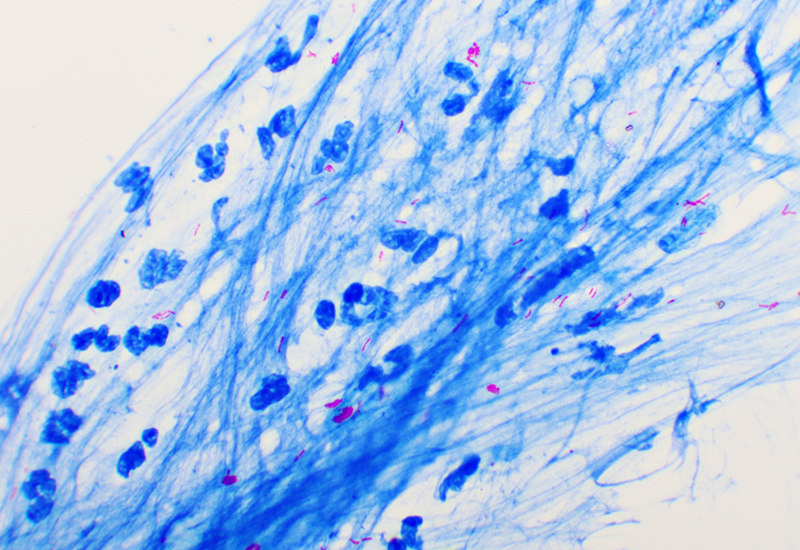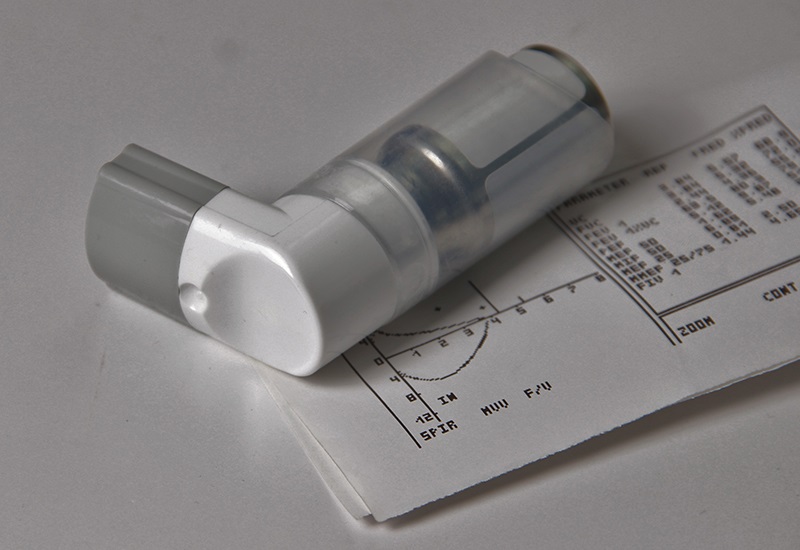Cystic Fibrosis Treatment Research

WHAT IS CYSTIC FIBROSIS?
Cystic fibrosis (CF) is the most common life threatening recessive genetic condition.
In Australia, there are approximately 3000 patients with CF. The disease affects many young Australians and causes a thickening of the mucus with greatly impaired breathing. This mucus is very difficult to remove and patients need to undergo lengthy treatment with mucolytics and receive regular physiotherapy to clear the lungs. The stress placed on the lungs results in structural damage and regular infections leading to pneumonia. 1 in 25 people carry the CF gene.
HOW WOOLCOCK RESEARCHERS ARE HELPING CF SUFFERERS
Woolcock researchers are developing new inhalable formulations that enhance mucus clearance and treat local infection in CF patients.
We are searching for enzymes, which together with bacteria, cause infections in the lungs of people with CF. Chronic infection leads to damage of the lung tissue and a focused effort to understand and treat this is a major goal of our research. We are developing particles that target these bacteria and stay in the lung longer. This reduces antibiotic resistance and systemic side effects.
We are developing new imaging technologies that measure airway function without exposing young CF sufferers to x-ray radiation. These imaging methods can be used to monitor disease or used in the development of new treatments.
We are developing new inhaler devices that reduce the time required for medication. Currently, CF sufferers spend hours inhaling medicine using complicated and cumbersome devices. We are working with industry to develop new disposable devices that can deliver medicine in seconds with a few simple breaths.
We are working with clinicians to understand the needs of CF sufferers and are involved in education programs. We are conducting research into the way patients use their medicine and the order they take them.

















